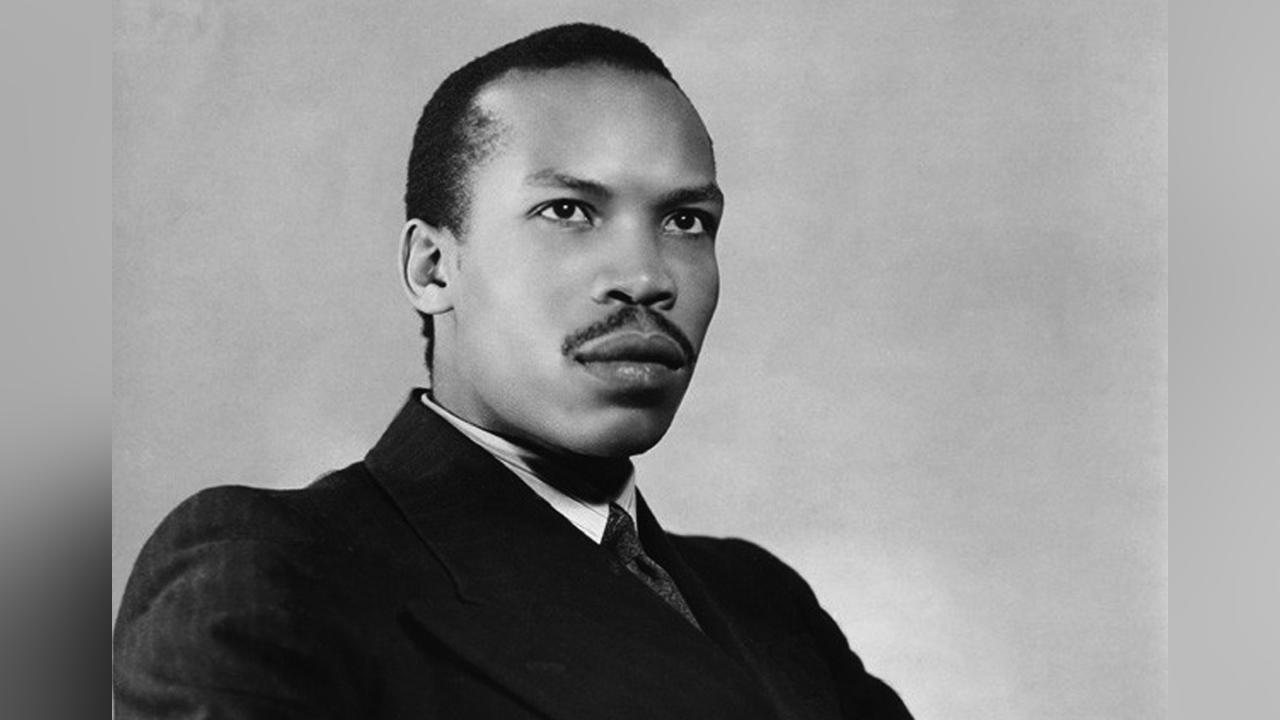Africa-Press – Botswana. On Saturday, July 1, the country will once again commemorate the life of the founding president and one of the chief architects of modern Botswana, Sir Seretse Khama.
The country’s meteoric rise from one of the world’s poorest, least developed states at independence to being a middle-income country within the context of a multiparty democratic system owes not entirely to a singular individual but a set of pioneering figures, chief amongst them Sir Seretse Khama
Having been the Prime Minister of Bechuanaland Protectorate in the transitional period between March 1965 election and Independence Day, September 30 1966, and thereafter the country’s founding President until his 1980 passing, Sir
Seretse was the chief conductor of the orchestra as Botswana navigated a path towards democracy and development.
Born Seretse Gaoitsebeng Maphiri Khama on July 1 1921 in Serowe, the son of Bangwato royal Sekgoma II and Tebogo Kebailele, he was heir to the throne of the Ngwato Reserve of the then Bechuanaland Protectorate (what is currently the Central District).
His father passed away when Seretse was just four years old, and he was thus largely raised by his uncle, the Bangwato regent Tshekedi Khama.
He acquired a Bachelor of Arts (Fort Hare College, South Africa); and further studies in Law Education (Balliol College, Oxford, England) and Barrister Studies (Inner Temple, London, England) before returning home, having married a white British lady, Ruth Williams.
Together with his wife, who became Lady Ruth Khama, they had four children Jacqueline, Seretse Ian Khama and the twins Tshekedi and Anthony.
Their second born child and first son, named after his father (Seretse) grandfather (Khama) and a maternal uncle (Ian) was draped with the lion skin to become Bangwato Paramount Chief as Khama IV in 1979, and later became the President of Botswana in 2008-2018.
The marriage of Seretse and Ruth caused a lot of constellation in Southern Africa and imperial Britain, as the racist apartheid regime in neighbouring South Africa, felt it was setting a bad precedent in the region at a period mixed marriages were barred by law there.
Even among the Bangwato, a faction led by regent Tshekedi was against the marriage as they felt the heir should bring forth a queen knowledgeable about Ngwato laws and customs.
The British authorities banished Seretse from Bechuanaland, but after intense public protests both at home and abroad, Seretse and Ruth returned home.
Sir Seretse founded the Botswana Democratic Party (BDP) in 1962 alongside the likes of Queet Ketumile Masire, Moutlakgola Nwako, Archeous Tsoebebe, Amos Dambe and James “Jimmy” Haskins among others.
While the Botswana Peoples Party (BPP) led by Phillip Matante, Motsamai Mpho, Kgalemang “KT” Motsete and Klaas Motshidisi preferred the Pan African struggle against imperialism, the BDP adopted a conservative approach of democracy, development and therisanyo (consultation).
Sir Seretse felt independence era Botswana was to poor and underdeveloped to antagonise the British at a period the country needed development aid support.
The BDP won a landslide victory in the March 1965 polls and Seretse led a traditional government over 1965-66 as Prime Minister and head of government while the British Queen remained the head of state until full independence on September 30 1966 when Sir Seretse became President, head of state and government of the Republic of Botswana.
Not only was Botswana highly underdeveloped, relying on British grants in aid, the country was surrounded almost wholly by hostile white minority regimes- apartheid South Africa and South West Africa (Namibia) and Rhodesia – the tiny 150 metres of borderline with Zambia at Kazungula the only access to independent Black Africa.
Botswana had to navigate the inescapable economic reality of trading with her neighbours while giving logistical support to the liberation movements that sought to bring about majority rule in those countries.
The country became Africa’s oldest multiparty democracy, and the discovery of mineral deposits after independence, plus their prudent management set Botswana to rapid economic growth guided by the founding national values- democracy, development, self reliance, unity and botho.
Along with Presidents Kenneth Kaunda of Zambia and Julius Nyerere of Tanzania, Sir Seretse founded the Frontline States to help agitate for the independence of neighbouring South Africa, Namibia, Zimbabwe as well as Portuguese ruled Angola and Mozambique.
Later joined by others, they founded the Southern African Development Coordinating Conference (SADCC, the precursor to the Southern African Development Community, SADC). As progress was steadily made, Botswana under Sir Seretse started the process to construct its own university using the “Motho le Motho Kgomo” (each person donate a cow).self reliance principle.
Botswana’s own currency, the Pula was introduced in 1976 and in 1977, the Botswana Defence Force (BDF) was established after a pacifist first 11 years of independence without an army.
A legacy of regular, peaceful elections and national development plans guiding a developmental state approach led to steady progress being achieved and a lasting legacy made by the time Seretse succumbed to illness on July 13 1980.
His role is still much celebrated and the country would later set aside his birthday July 1 as Sir Seretse Khama Day.
For More News And Analysis About Botswana Follow Africa-Press






